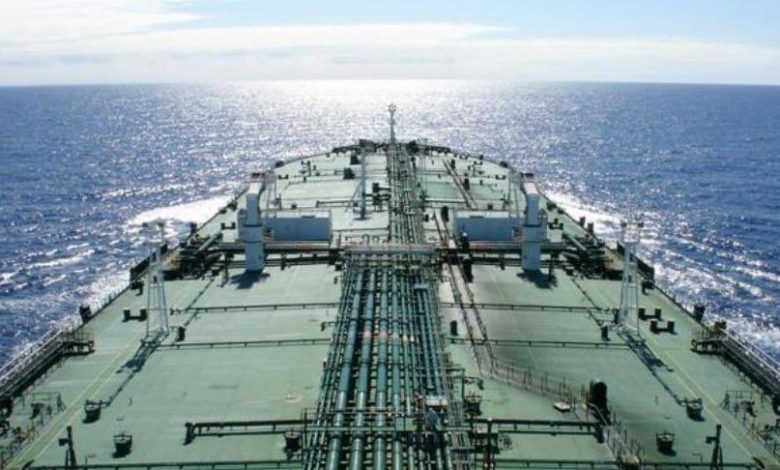Shadow tanker fleet growing: BRS

A new report from French brokers BRS assesses the size of the so-called shadow tanker fleet, something that is growing with Russian-linked ships now facing similar scrutiny to those under the control of sanctions-hit Iran and Venezuela.
According to BRS data, 268 tankers of 34,000 dwt or above have been linked to the illicit carriage of Iranian or Venezuelan oil over the past few years. Furthermore, although Russian tanker owners and operators are not sanctioned directly, they are not permitted to call at ports in the EU, UK or US. If the Russian-linked fleet is added to the ghost armada, then the total of 401 tankers account for 7.6% and 9.4% of the global fleet of 34,000 dwt or above in number of units and capacity terms, respectively.
“Considering the looming ban on EU companies insuring tankers carrying Russian oil and the likelihood that the UK (home to the world’s largest maritime insurance market) will eventually follow suit, we believe that there remains plenty of scope for the shadow fleet to expand later this year,” BRS predicted in its latest weekly tanker report, going on to discuss the potential for more ship-to-ship transfers of crude from Russia in the Azores for onward shipment to Asia.
One of the most important aspects of the shadow fleet is that it is ageing. The expansion of the shadow fleet has been one of the main reasons preventing tanker demolition from taking off over the past few years, BRS maintained. The average age of the shadow fleet stands at 20 years which compares with an average age of 12 years for the general trading fleet of 34,00 dwt and above.


What kind of reasoning is this?? Using common sense we see the head title is not justified at the following text.